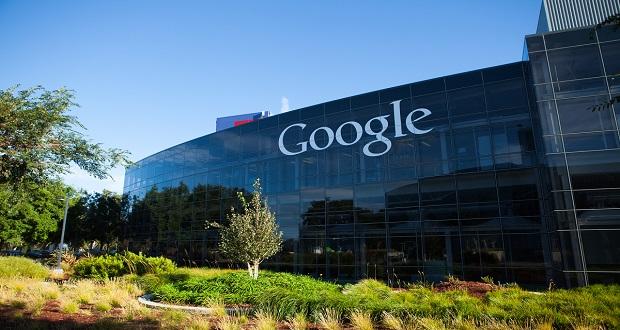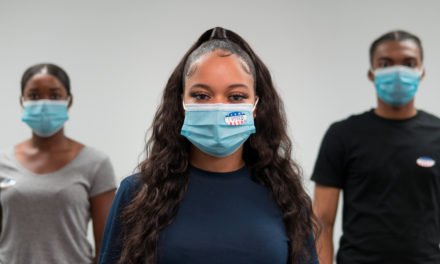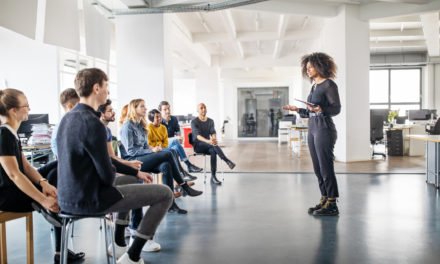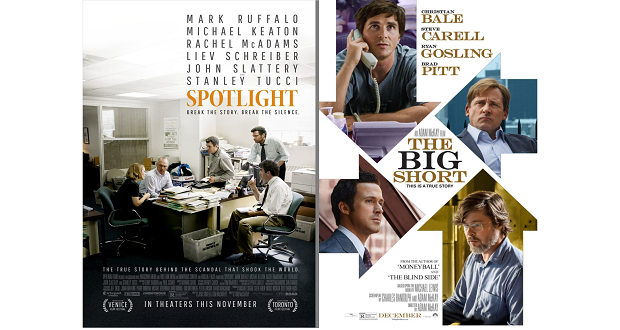Yesterday, The Winters Group hosted a live, open dialogue on the Google Manifesto (or Memo depending on who you ask) and what it can teach us about the boundaries of inclusion. Mary-Frances Winters moderated the panel that included Brittany Harris, Kevin Carter and myself with D&I participants numbering close to 100. This is my shameless plug to join our future VLLs whenever you can! We use this platform to have open dialogues around D&I topics that are normally too risky for many organizations or to provide a community for individuals engaged in this work of like-minded practitioners. Today’s session was no different.
We centered the session around the very complex, and divisive, Google Manifesto and the subsequent firing of its author—James Danmore. So much has been written this week on various facets of the situation—from legal/HR professionals, academics, D&I leaders, and other business leaders facing similar situations. Many people are divided on whether Google made the right call in terminating Mr. Danmore, and we polled the participants on the webinar today with similar results. The complexity and dynamics of what all is at play in this scenario warrant this kind of healthy difference of perspective. What are the boundaries of our efforts at inclusion? What are the limits of free speech and fostering dialogue? What is the role of equity, justice, and the moral imperative of inclusion in relation to an organizations business goals?
I do not want to write yet another position piece on Google, as so much has been said by people with much more expertise than myself. Although my position is that Google made the right call in firing Mr. Danmore—for both good business and inclusion reasons—I’m still wrestling with several complexities that I want to continue working through. So, in the spirit of continued learning, I wanted to end this post with some lingering questions that hopefully will be helpful in creating better answers.
[dropshadowbox align=”none” effect=”lifted-both” width=”auto” height=”” background_color=”#ffffff” border_width=”1″ border_color=”#dddddd” ]• What is the power, and expected outcome, of dialogue and conversation? Are our hopes for dialogue overly optimistic? Or not optimistic enough? When and how are people typically changed in dialogue? And what are the ultimate goals for dialogue? As a person in the session today shared: “are we dialoguing to make a difference or to make a point?”[/dropshadowbox]
[dropshadowbox align=”none” effect=”lifted-both” width=”auto” height=”” background_color=”#ffffff” border_width=”1″ border_color=”#dddddd” ]• What are the limits, if any, of our efforts at inclusion? Do our values of free speech and dialogue have limits and consequences—if so, how do we make them clear and inclusive? How do we create safe and bold spaces where dialogue is most productive for everyone?[/dropshadowbox]
[dropshadowbox align=”none” effect=”lifted-both” width=”auto” height=”” background_color=”#ffffff” border_width=”1″ border_color=”#dddddd” ]• What is the role of deeper values, morals, justice, and love in the work of D&I efforts? What is the relationship between business case imperatives and the ethical/moral dimensions of D&I work? What should be the role of science and evidence based practice as a driving factor in our work? [/dropshadowbox]
Feel free to leave your thoughts below, and please join us for our next open Virtual Learning Lab to engage with us on these nuanced and important topics.



















